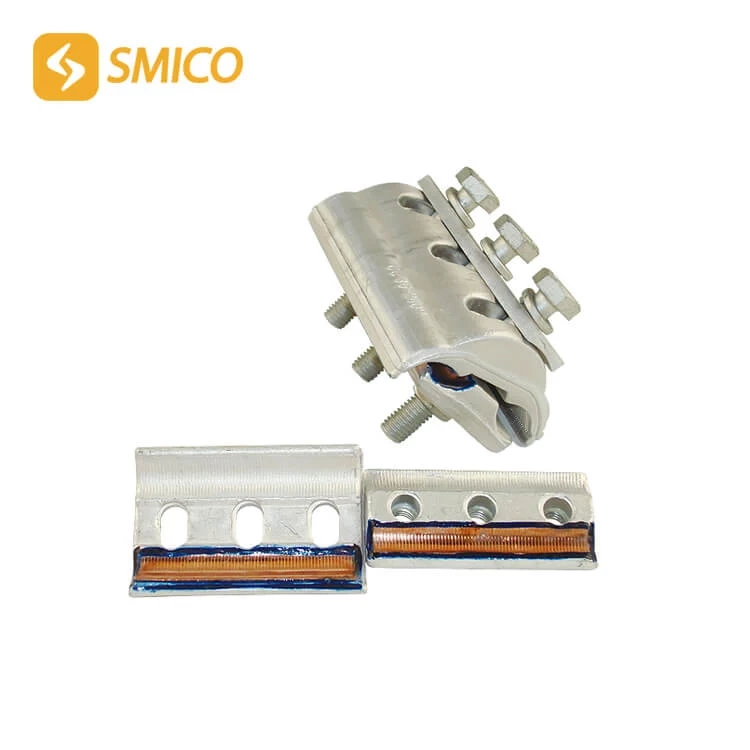The Name Of The Parallel Groove Clamp, The Introduction Of The Parallel Groove Clamp, The Introduction Of The Parallel Groove Clamp
parallel groove clamp, copper wiring nose, copper tube nose, terminal block, etc., are called differently in different places and industries. It is a connector used to connect wires and cables to electrical equipment. The top side is the fixed screw edge, and the end is the copper core of the wire and cable after stripping. Only parallel groove connector is used for wires larger than 10 square meters. aluminium pg clamp is not used for wires smaller than 10 square meters, and cold-pressed wire noses are used instead. bimetal pg clamp has tinned and non-tinned surface, tube press type and oil plugging type.
Main application scope: household appliances, electrical industry, machinery and equipment factory, shipyard, distribution cabinet and distribution box, etc. The product has good appearance specifications, good conductivity and safety.
Model 1: DT, made of T2 copper rod, the product has a round spatula head, which can be used for sealing and plugging oil, the top side is used for fixing screws, and the end is inserted into the stripped cable and compressed with terminal clamps.
Model 1: DTG, is stamped from T2 copper tube, slightly lighter than DT, and can replace DT when no sealing or oil blocking is required. The workmanship is simpler and faster than DT, and the price is relatively cheap.
Same usage as DT,
Surface treatment:
There are two commonly used methods: 1. Pickling, the pickled color is basically the same as the original color of red copper, which can be beautiful, anti-oxidation and more conducive to conductivity.
2. Tin plating, the surface of blackburn parallel groove clamp after tin plating is silver-white, which can better prevent oxidation and conduct electricity, and prevent the diffusion of harmful gases generated by copper during the conduction process.
Installation precautions: 1. The screws must be tightened. 2. The cable and burndy parallel groove clamp must be inserted in place and pressed with pliers.

